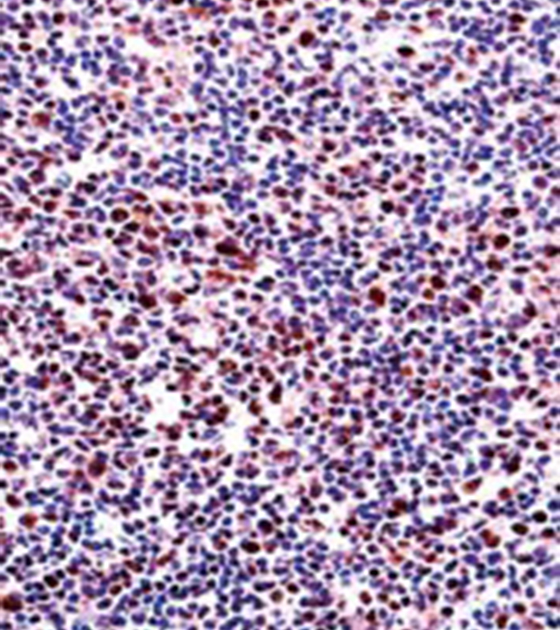Scoliosis, it’s because of proprioception problem
Scoliosis, it’s because of proprioception problem
 Scoliosis is a sideways curve of the spine that is most common in early teens because of growth spurt. In most cases, the reasons for scoliosis are unknown, but in other cases, cerebral palsy, muscular dystrophy, and spina bifida are factors in the development of scoliosis. Recently, Dr. Zelzer’s group in Israel reported that the proprioception is also a factor for scoliosis development. Proprioception is the sense of the relative position of one's body parts and required for maintaining posture. The authors found that Runx3 KO mice, which lack proprioceptive circuitry, exhibited scoliosis of varying severity. They further examined the effect of Runx3-deficiency in skeleton (osteoblasts or chondrocytes), neurons (DRG), and muscle and found that only neuronal and muscle spindle (one of the peripheral sensors) loss of Runx3 results in scoliosis. They demonstrate the involvement of proprioception in regulating spine alignment. Runx3, a member of the RUNX family of transcription factors, is essential for neuron survival, axonal projection, and connectivity to the spinal cord. The Runt-related transcription factors (RUNX) are involved in developmental processes. arigo offers excellent antibodies for studying RUNX and related proteins. |
|
Antibody Highlight |
| RUNX1 antibody (ARG57279) | RUNX2 antibody (ARG54882) | CBF-beta antibody (ARG55069) |
 |
 |
 |
Reference: Blecher et al., (2017) Dev Cell. 42(4):388-399. |
